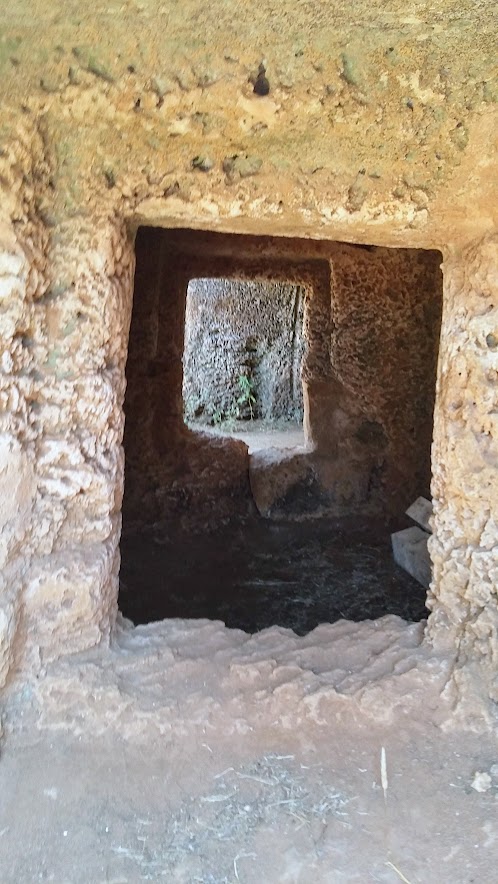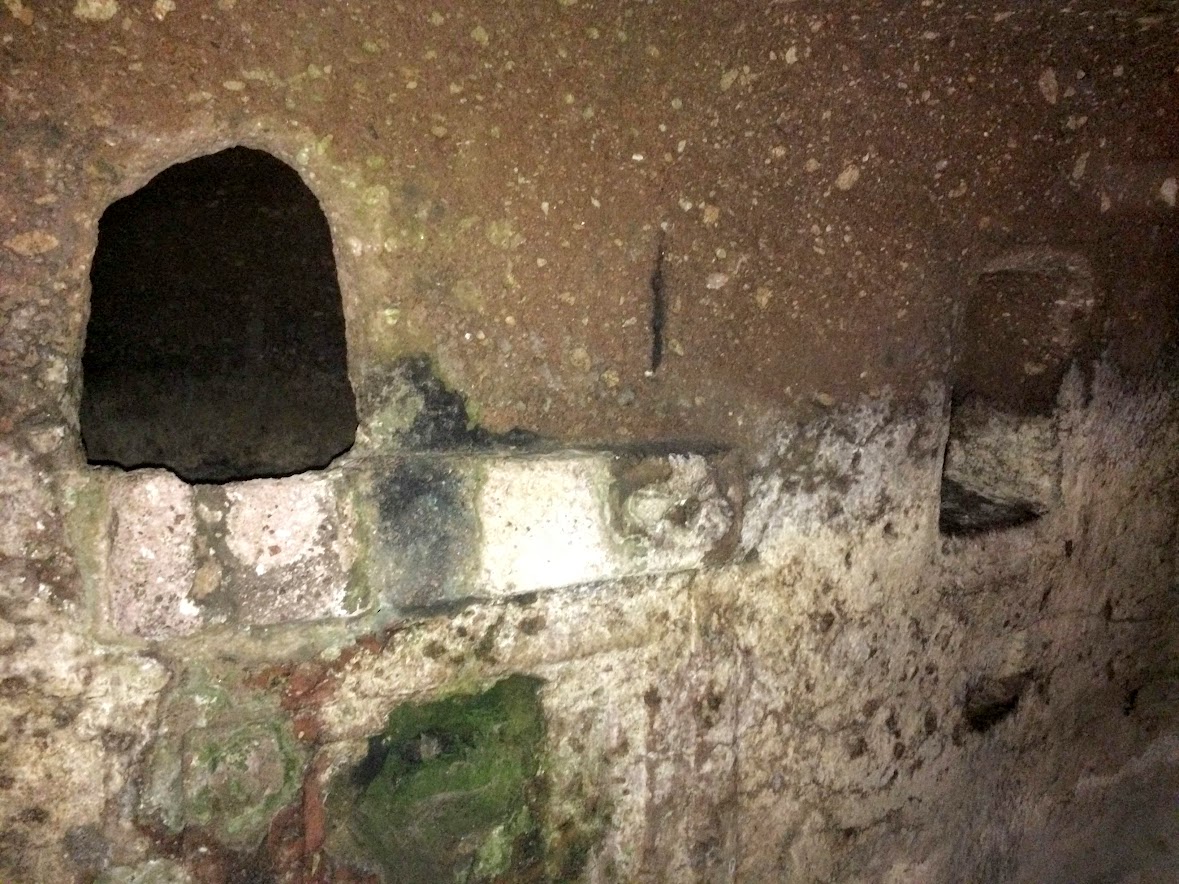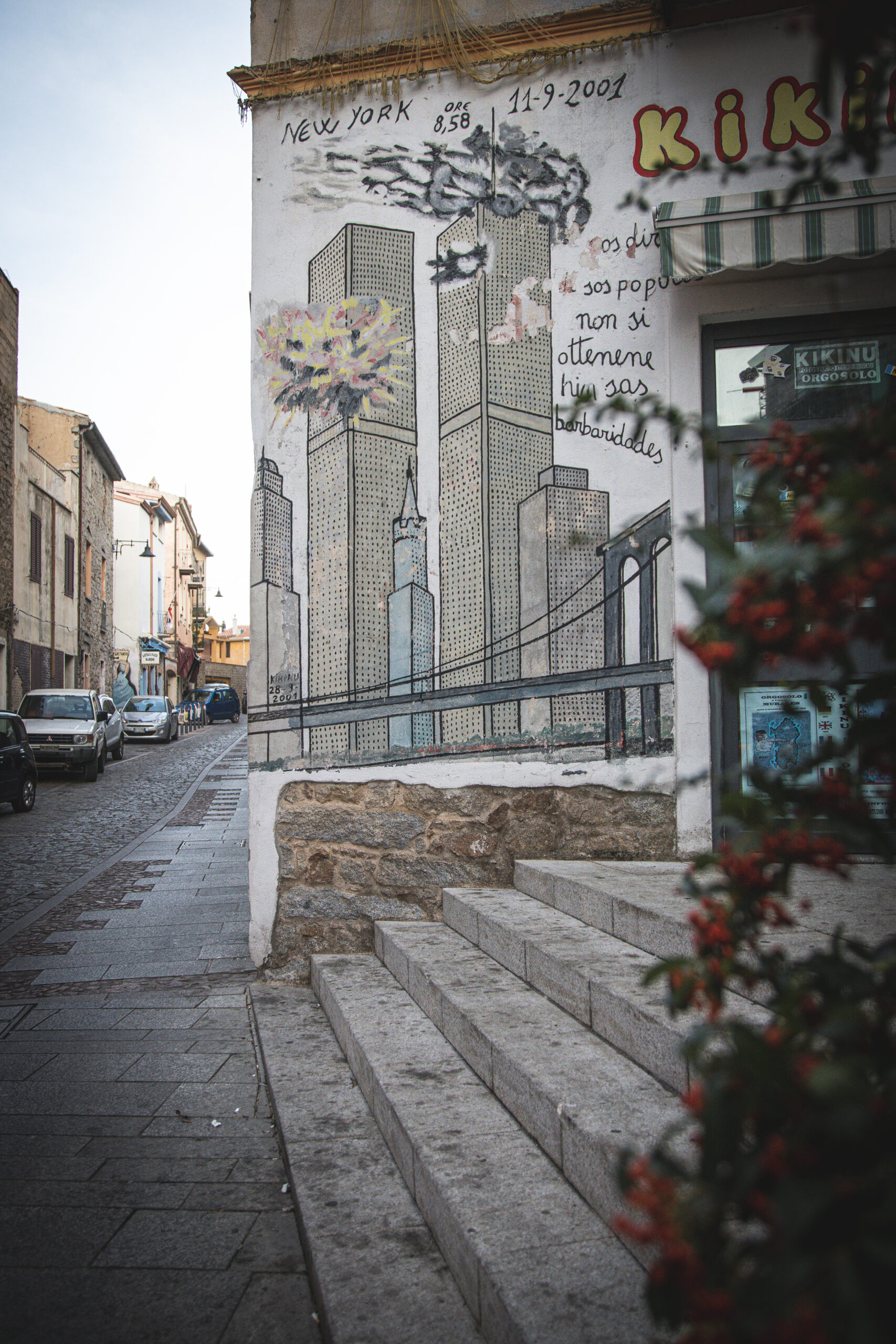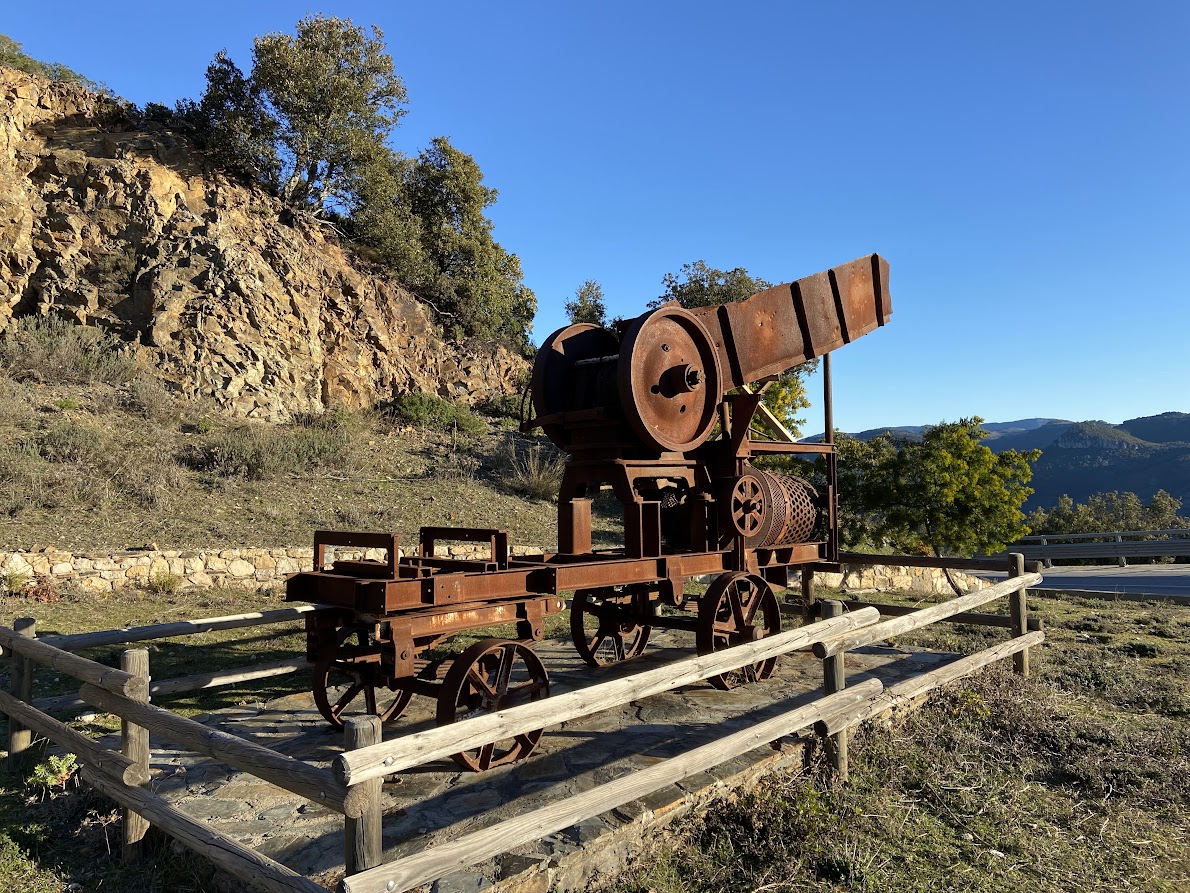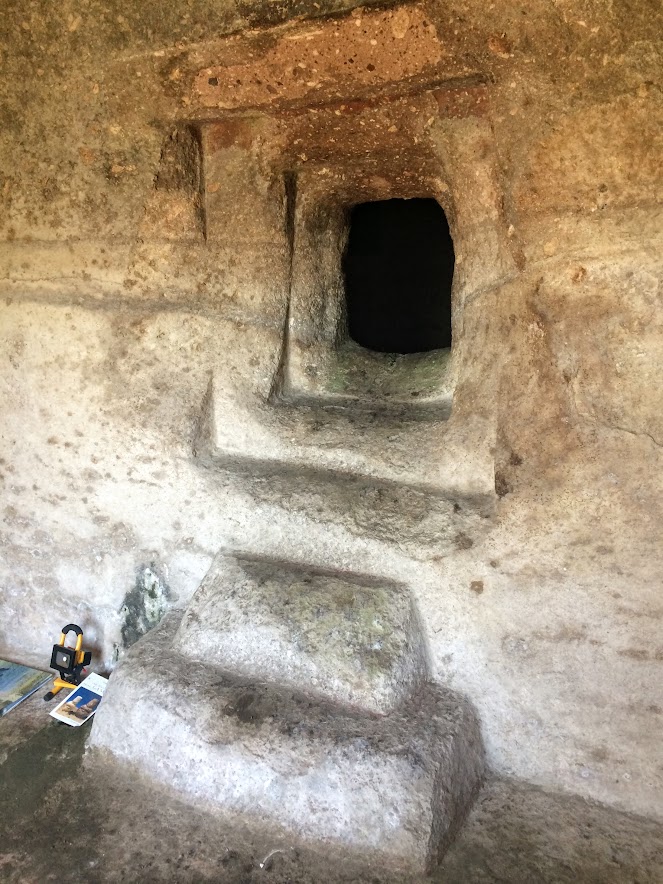
The Fairy Houses
One of the most famous and popular characters of Sardinian folk tales are the little janas fairies who spin golden threads on a spinning wheel. In some regions of the island, they are beautiful fragile creatures that do not come out of hiding during the day for fear of humans, in other regions they are treacherous, evil creatures that harm and kidnap small children at night. Whatever they always live in small stone dwellings, which got their name after them, Domus de janas. The function of these stone-hewn rooms is In reality much more prosaic. They are prehistoric tombs dated back to 3000 BC and the oldest surviving evidence of life on the island. Over 3,500 have been discovered so far, but it is estimated that there are many more. They vary in size and can have one chamber, interconnected rooms or form extensive necropolises with dozens of graves. Among the most important are the Montessu cemetery in the south of the island with 35 domus, Anghelu Ruju near the Alghero airport with 38 tombs, S’Incantu nearby with exceptionally well-preserved decorations and Sant Andrea Priu with the main burial chamber of 250 m2, close the town of Bonorva. The last mentioned, like many others, was used again in the later Roman and Byzantine times. With the development of civilization, burial rituals also gradually changed. The fact that people perceived death as a transition from one phase to another is evident from the objects they buried together with the dead very common being obsidian knives, bronze statuettes, stone amulets and, according to some, even food. The decorations resembled those of real dwellings, so that the deceased felt as much “at home” as possible. Decorations often included engraved spirals, bull’s heads, antlers, circles and false doors, which symbolize the departure from the earthly world. It may seem incredible, but the tombs themselves were carved into the rocks with a different, harder stone. The location below the surface symbolized the merging of the body with mother earth and the end of the life cycle. After death, the bodies were transferred to prepared chambers and smeared with ocher paint, same as the false doors to make the transformation as smooth as possible. There exist also much smaller tombs from later times, where a human body could hardly fit. One of them is located, for example, under the famous Elephant Rock near Castelsardo. Everything points to the fact that after death, before burying, the bodies were deposited on the outskirts of inhabited settlements, where they were dried by the sun, stripped of muscles and meat, and then only the bones were transferred to the stone holes. The objects that were found in the tombs have an incalculable informative value and help to reveal the habits, daily activities and way of life of the people who lived on the island during the millennia. You can admire them in one of the archaeological museums. Among the most important are the National Archaeological Museum in Cagliari, the National Museum of Giovanni Antonio Sanna in Sassari and the National Museum of Giorgio Asproni in Nuoro. However, you can also find impressive collections in smaller regional museums throughout the island.
